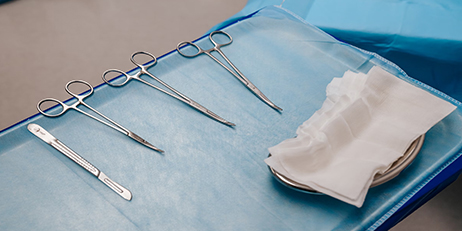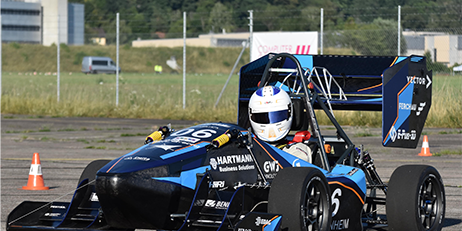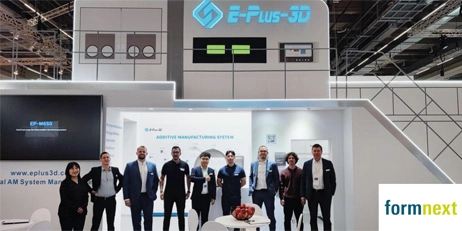Metal 3D printing is one of the most invested and fastest growing technologies in the manufacturing industry. Now it is not only used in conjunction with other manufacturing techniques, but can also independently produce prototypes and finished products. To a certain extent, 3D printed metal products are comparable to machined parts. It is commonly used in prototyping, aerospace, mechanical engineering, concrete tooling and others.
Ⅰ. What is metal 3D printing?
3D using metal 3D printing is an umbrella term for several technologies. In general, any technology that makes metal objects by sintering, smelting and welding layer by layer can be called metal 3D printing.
Ⅱ. The main advantages of metal 3D printing
Most people think that CNC machining can make basically everything. But the truth is that CNC sometimes needs to make new equipment before making a part with a high level of complexity. This is the main advantage of metal 3D printing - it can create objects with almost unlimited shapes.
Other advantages of using metal 3D printing are:
1. 3D printers can create complex details faster than traditional manufacturing methods.
2. The cost is lower than the traditional manufacturing method.
3. Depending on the chosen technique, fine objects with extremely minute details can be made.
4. 3D printing details can be combined, ultimately saving time and money.
5. More complex compositions mean parts can be lighter without sacrificing strength. This is why 3D printed parts are in such high demand in the aerospace industry.
6. Metal 3D printing wastes almost no material.
In general, 3D printing is the first choice when other technologies cannot efficiently and easily create complex and detailed parts.
Ⅲ. The main technology of metal 3D printing
Let's compare the main metal 3D printing technologies. There are three types: DMLS (Direct Metal Laser Sintering), SLM (Metal Laser Melting) and EBM (Electron Beam Melting).
1. What is DMLS? What can it be used for?
DMLS or Direct Metal Laser Sintering is the most common metal 3D printing method. It uses a laser to sinter metal powder to form the item layer by layer. During this process, the temperature of the stainless steel can reach 3000°F. However, the metal was not melted. Available metals are many metal alloys, including stainless steel, maraging steel, aluminum AlSi10Mg, cobalt-chromium, Inconel 625, and titanium Ti6Al4V.
Application of DMLS:
DMLS can be used to make prototypes and manufacture finished mechanical parts. It can be used to make parts with holes, depressions and draft bevels. Includes medical equipment and instruments, functional prototypes and tools.
2. What is SLM? What can it be used for?
SLM, or Selective Laser Melting, does exactly what its name suggests, melting metals. Metal 3D printing in an inert gas environment. With its help, the parameters of 3D printing are close to casting production. 3DSLM is often used to manufacture titanium and aluminum parts.
Application of SLM:
Items made using SLM technology are often very durable and can be used in mechanical parts such as gears and propellers. SLM technology is often used to make parts in the medical, automotive, and aerospace industries.
3. What is EBM? What can it be used for?
EBM or electron beam melting is similar to SLM, but replaces the laser with an electron beam. This technology is considered to be faster and more accurate than laser printing, but the difference is not significant. 3D printing tends to be more powerful when compared to other printing methods. This technology is mainly used to make titanium alloy and cobalt parts.























